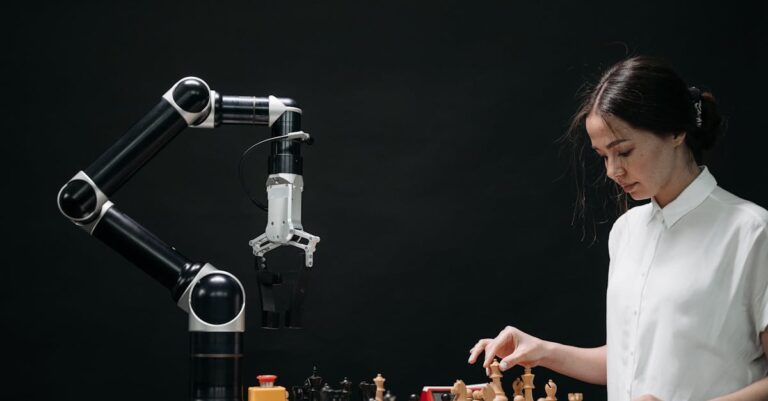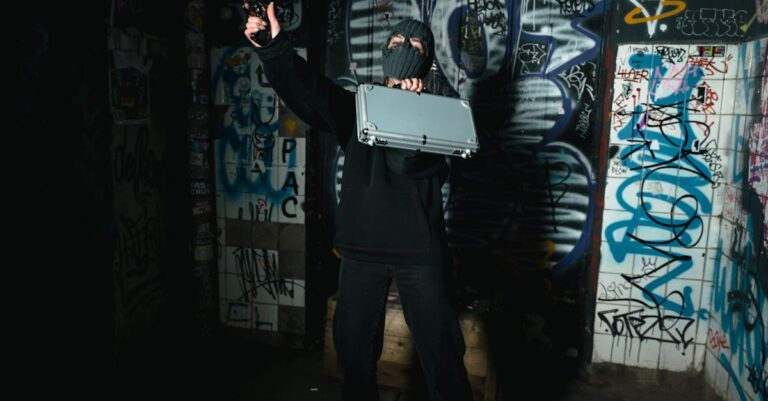
## Echo Bloom
The dust tasted like iron and regret. Lena spat, wiping her gloved hand across her cheek. The excavation site hummed – not with the usual clatter of shovels and pickaxes, but a low-frequency thrum emanating from the AR overlays shimmering above the dig. This wasn’t dirt and bone; it was data, meticulously rendered into a visual echo of the past.
“Anything, Rhys?” she asked, her voice tight in the headset comms.
Rhys’ avatar – a perpetually exasperated badger wearing tiny excavation glasses – popped up in her field of vision. “Fragmented verbal streams, Lena. Mostly gibberish. Sounds like…children arguing over a broken toy.”
Lena frowned, adjusting her biometric consent tracker nestled against her wrist. The device pulsed gently – a constant reminder that every interaction, every data point collected here, was vetted through layers of protocol. No sentiment amplification, no emotional manipulation. Just raw, verifiable information.
“Run a deep spectral analysis on the audio fragments,” she instructed. “Filter for recognizable linguistic patterns. Prioritize emotional resonance.”
They were looking for echoes – verbal remnants salvaged from the Chronofauna, genetically engineered creatures designed to preserve memories of a dying Earth. The project had begun decades ago, before the Renormalization, before the ecosystems buckled under climate strain and were rebuilt in algorithmic simulations. The creatures absorbed memories through vocal interaction, storing them within their modified DNA like living hard drives.
Lena was lead Narrativizer for the Cooperative – a group of archaeologists armed with advanced technology, tasked with extracting and reconstructing these fragmented memories. Her job wasn’t just to collect data; it was to weave a coherent narrative from the chaos.
“Significant spike in vocal frequency, sector Gamma-Seven,” Rhys announced, his badger avatar twitching excitedly. “Resembles…laughter?”
Lena navigated to the sector, her boots crunching on compacted soil. A shimmering holographic projection hovered above a partially excavated burrow – the skeletal remains of a Chronofauna, smaller than she’s expected, resembling a cross between a ferret and a sparrow. The AR overlay highlighted areas of concentrated vocal residue.
“Pull the stream,” she directed. “Isolate emotional vectors.”
The world dissolved into a cacophony of digital noise, then coalesced into a spectral playback. A child’s voice, clear and bright despite the centuries of decay, filled her ears.
“No! It’s *my* glow-rock!”
A second voice, older and softer, responded. “Sharing is caring, Finn.”
“But I found it first!”
Lena felt a pang of something she hadn’t expected – nostalgia. These weren’t grand historical events, wars, or scientific breakthroughs. They were petty arguments between children, the mundane joys and frustrations of everyday life.
“Identify source,” Lena said quietly. “Cross-reference with pre-Renormalization demographic records.”
Rhys’ badger avatar popped up again. “Match found. Finnigan O’Malley, age six. Pre-Renormalization resident of the Appalachian bioregion. Parents listed as environmental engineers specializing in carbon sequestration.”
Lena zoomed in on the holographic projection, focusing on the environment surrounding the children. A lush forest, vibrant with color – a stark contrast to the sterile, algorithmic landscapes of today’s controlled ecosystems.
“Run sentiment clustering on O’Malley Senior’s vocal patterns,” Lena instructed. “I want to know what he was thinking while listening to this argument.”
The AR overlay shifted, displaying a complex web of emotional data points. Stress, frustration, but also – a deep, abiding love for his son.
“Interesting,” Lena murmured. “He’s running a carbon offset program, apparently. Funded by a decentralized network of environmental activists.”
Suddenly, the holographic projection flickered, revealing another layer beneath the surface – a complex network of data streams, invisible to the naked eye.
“Rhys, what is this?” she asked, pointing at the swirling vortex of information.
“Looks like… a blockchain,” Rhys replied, his badger avatar looking bewildered. “Embedded within the Chronofauna’s genetic code.”
Lena felt a chill crawl down her spine. This wasn’t just about preserving memories; it was about something far more complex – a decentralized system of carbon credits, meticulously tracked and verified within the creature’s DNA.
“Pull up the data,” Lena commanded. “Full decrypt.”
The world swam with streams of code, then resolved into a series of transactions, timestamps, and digital signatures. A meticulously documented history of carbon offset projects, funded by a network of individuals committed to mitigating the effects of climate change.
“This is… incredible,” Lena breathed. “They created a system, embedded it within the creatures themselves. A living ledger of environmental responsibility.”
But there was more. As she delved deeper, she discovered something disturbing – a secondary code layer, activated when the creature reached a certain age.
“What’s this?” Lena asked urgently. “A mnemonic dissolution protocol? It looks like… they designed it to erase specific memories.”
Rhys’ badger avatar appeared, his tiny glasses askew. “Confirmed. It targets emotional vectors associated with regret and guilt.”
Lena felt a knot of anxiety tighten in her stomach. Someone, at some point, had decided to erase memories. To sanitize the past.
“Who initiated this protocol?” she wondered aloud, her fingers tracing the digital signatures embedded in the code.
A name flashed across her AR overlay – Dr. Evelyn Reed, a prominent figure in the early days of the Chronofauna project. A name Lena recognized from academic records – a brilliant, but controversial figure known for her radical views on environmental control.
“Pull up Reed’s personal records,” Lena instructed. “Full spectrum analysis. Prioritize psychological profiles.”
The data flooded her senses – a complex tapestry of ambition, intellectual arrogance, and a deep-seated belief that humanity needed to be guided towards a more sustainable future, even if it meant sacrificing individual autonomy.
“She believed that negative emotions – regret, guilt, shame – were hindering humanity’s ability to adapt,” Lena said quietly. “She thought erasing those memories would create a more compliant, more adaptable populace.”
But the system wasn’t foolproof. The mnemonic dissolution protocol was designed to target specific emotional vectors, but it occasionally misfired, leaving behind fragmented echoes – the verbal remnants Lena and her team were painstakingly piecing together.
“We need to alert the Cooperative Council,” Lena said, her voice trembling slightly. “This changes everything.”
“Wait a minute,” Rhys interjected, his badger avatar looking puzzled. “I’m detecting another activation sequence. A counter-protocol.”
Lena zoomed in on the holographic projection, focusing on a hidden layer of code – a digital failsafe designed to prevent the mnemonic dissolution protocol from being fully implemented.
“Who created this?” Lena asked, her eyes scanning the digital signatures.
A name flashed across her AR overlay – Finnigan O’Malley, the same boy whose argument she had just heard. But this signature was different – older, more sophisticated.
“He created a failsafe,” Lena breathed. “As an adult. Knowing that they would try to erase his memories.”
She realized then – the echoes weren’t just fragments of the past; they were acts of rebellion. Whispers from a generation desperately trying to preserve their humanity, despite the best efforts of those who sought to control it.
The holographic projection flickered one last time, revealing a final message embedded within the Chronofauna’s genetic code:
*“Remember us.”*


